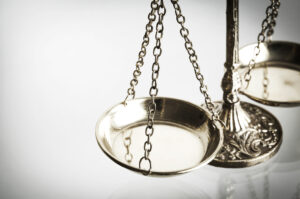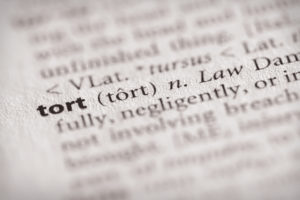By far the most common type of injury I see in auto accident cases is the typical "whiplash" injury. The term refers to the sudden acceleration and deceleration of the neck and back following traumatic insult. In the case of auto accidents, it most often occurs in a rear-end accidents, but I also see them occur with some regularity in head-on and T-bone accidents as well.
The whiplash injury is probably the most difficult and risky case to pursue in court. Often times the imaging (X-ray, MRI, CT, etc.) will be "normal." The only "evidence" of injury is the person’s own subjective complaints, and perhaps the "soft" examination findings of the treating physicians. Many times the only physician will be a chiropractor or massage therapist. Insurance companies vigorously fight these cases because they know juries are very skeptical about awarding large amounts of money for an injury that can’t be seen. Many times juries will look at the "whiplash" injury case as a waste of time and taxpayer’s expense. Jurors can resent an injured plaintiff from bringing a "whiplash" case to trial because often they consider this a minor and insignificant injury. But I know this is simply not true.
Sometimes an experienced personal injury attorney can help uncover evidence that may help prove the existence of a "whiplash" injury. Sometimes there may be some evidence of injury, like disc pathology, i.e., disc protrusions or bulges, which can be correlated with the person’s subjective complaints. When the term disc pathology is used, it means that one or more discs in the cervical or lumbar spine may have been damaged as a result of the "whiplash" injury itself. In these cases, it is extremely important for the lawyer to have a ready arsenal of illustrations showing anatomy and injury mechanism to help explain to the jury how serious these injuries can be.
I have taken many "whiplash" injury cases to trial. The best way an attorney can get good or great results in the typical "whiplash" case is to simply try these cases over and over. By doing so, I’ve found which arguments and presentations work the best. I’ve learned how to effectively communicate these injuries to juries so they completely understand how the injury can occur, and how painful and debilitating they can really be on someone’s life.

The Legal Examiner and our Affiliate Network strive to be the place you look to for news, context, and more, wherever your life intersects with the law.










Comments for this article are closed.